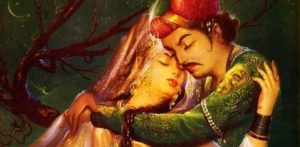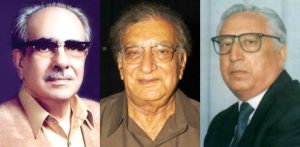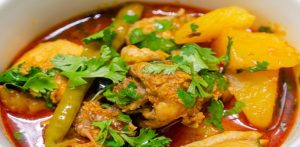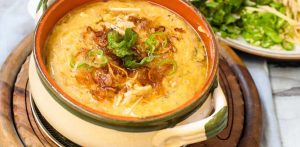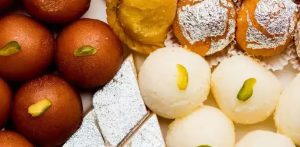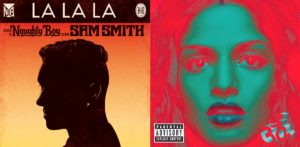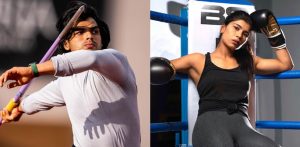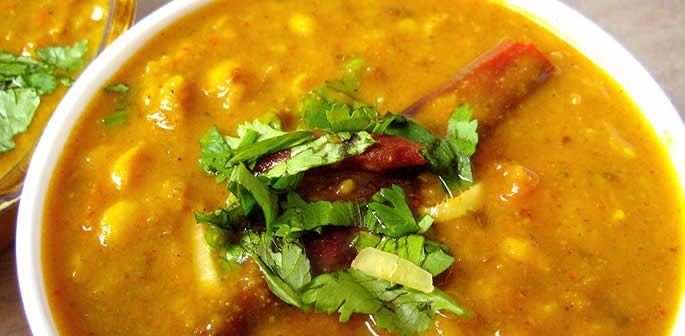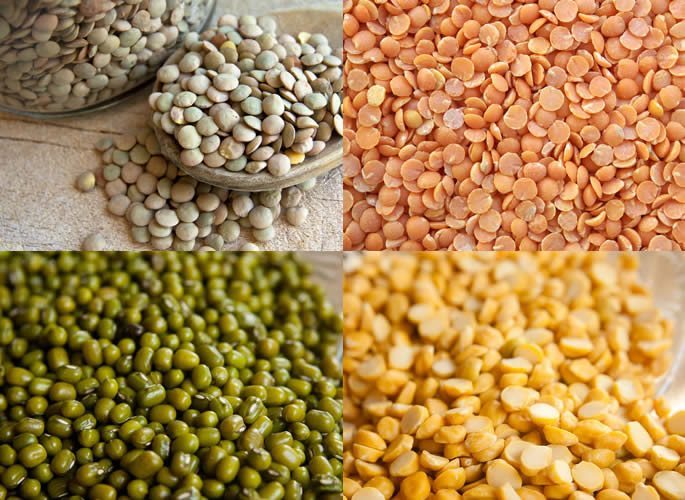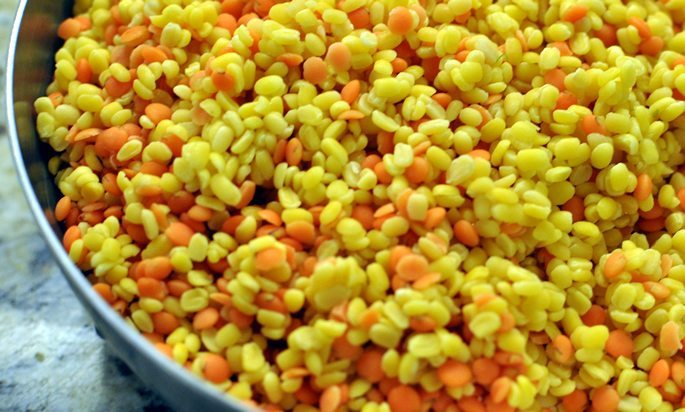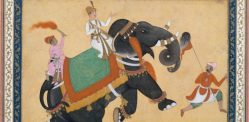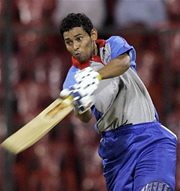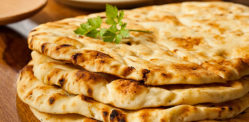Most daal recipes are simple to prepare
Daal is one of the staple dishes of India and South Asia.
Popular in the East, it combines lentils, dried peas, and beans. This is stirred into a thick, hot stew and served with roti or rice.
Recipes for the dish extend from the most basic to more complicated meat and vegetable combination daals. Daal is one of the more tempting, decadent dishes to find its way out of the Indian subcontinent.
DESIblitz explores the origins and history of daal.
The Origins of Daal
Whilst lentil dishes have been prominent in India for quite some time, archaeological evidence suggests that the history of daal dates back to the Indus Valley Civilisation. Around this period, lentils were most probably a staple food source.
A number of Ancient Indian texts describe recipes for daal. The hearty dishes would be served to guests at meals. Dating back as far as 303 B, these texts describe a special kind of daal used to celebrate Chandragupta Maurya’s wedding.
Not only this but slow cooking lentils in steam raised the popularity of daal in medieval India. Chana daal, made with Bengal gram lentils, became very popular. So much so that serving any other type of daal to the Emperor was a suicide wish for the royal chefs.
From here on many other types of daal and cooking methods for the dish were introduced. Some were favoured by royal families, particularly ‘panchmel daal’. Historians believe it was created from the necessity of creating different daily daal flavours for royalty.
Types of Daal
The variations of daal flavours and ingredients are endless. Whilst the original recipe consisted of lentils, dried beans, dried peas, and puree mixed into a soup like texture. Newer recipes include things like meat, vegetables and a whole spectrum of spices.
However, the most popular varieties of lentils in these dishes include:
- Chana Daal – achieved by removing the outer layer of black chickpeas and splitting the kernel.
- Urad Daal – also referred to as ‘black gram’, and is a staple ingredient in East Indian recipes. It’s a primary ingredient in south Indian dosa and idli. It has high protein content.
- Panchratna Daal – in Hindi/Urdu this means ‘five jewels.’ Is a combination of five varieties of daal which creates a unique flavour.
- Masoor Daal – split red lentils, distinctive in colour.
Although daal usually refers to using split pulses, whole pulses can be used to create sabit daal. Pulses with their outer shell still intact are very popular in daal dishes throughout India and Pakistan.
In general, daal is a wonderful source of protein. It can also aid in weight loss if you avoid cooking them in heavy saturated fats.
Making the Perfect Daal
Most daal recipes are simple to prepare. That is why it’s been a favourite dish for so long. However, with culinary evolution and better availability of ingredients many people have begun to experiment with what they add to their daal.
Whilst basic recipes consist of lentils, spices, and some select vegetables. Recent experimentations with the dish have included adding unripe mangos, coconut, tomatoes, and even raisins.
Spices used have ranged from cardamom, cumin, chillies, ginger and cinnamon. Internet chefs and food articles suggest various ways of cooking the dish too. From using a slow cooker to allowing to simmer in a pan.
However, if you are new to making daal, it is probably best to follow one of the more basic traditional Indian recipes. Many of these are available online. This way you know you are set for a mouth-watering taste sensation.
Try Anupy Singla’s simple daal recipe on Indian As Apple Pie here.
So there you have it, the history of daal. Whilst the ingredients differ across India, one thing is for sure this is a timeless, tasty dish. Why not try experimenting with different ingredients?
Try your hand at making this quick and easy dish, and enjoy a meal that is fit for a king!




